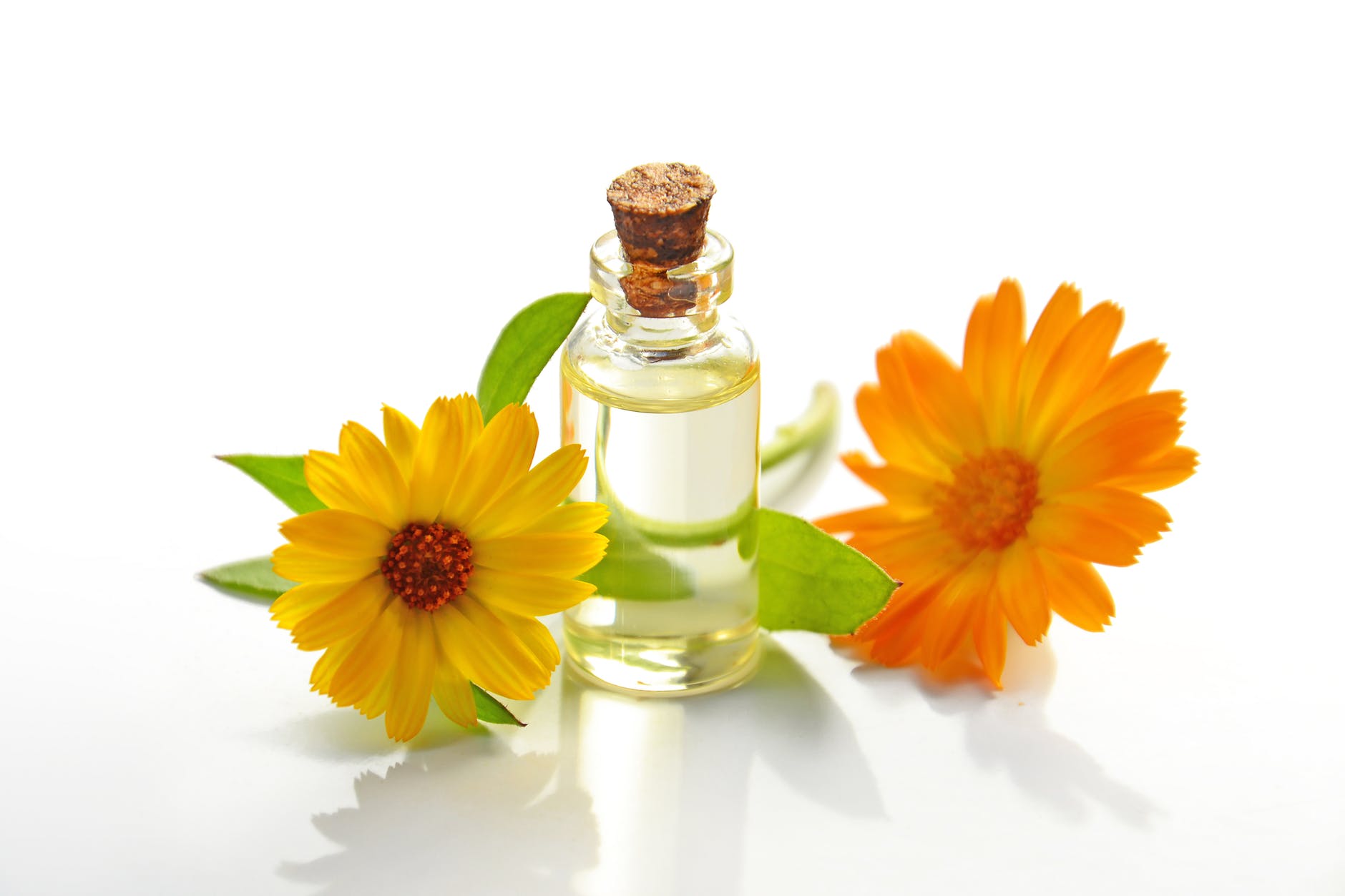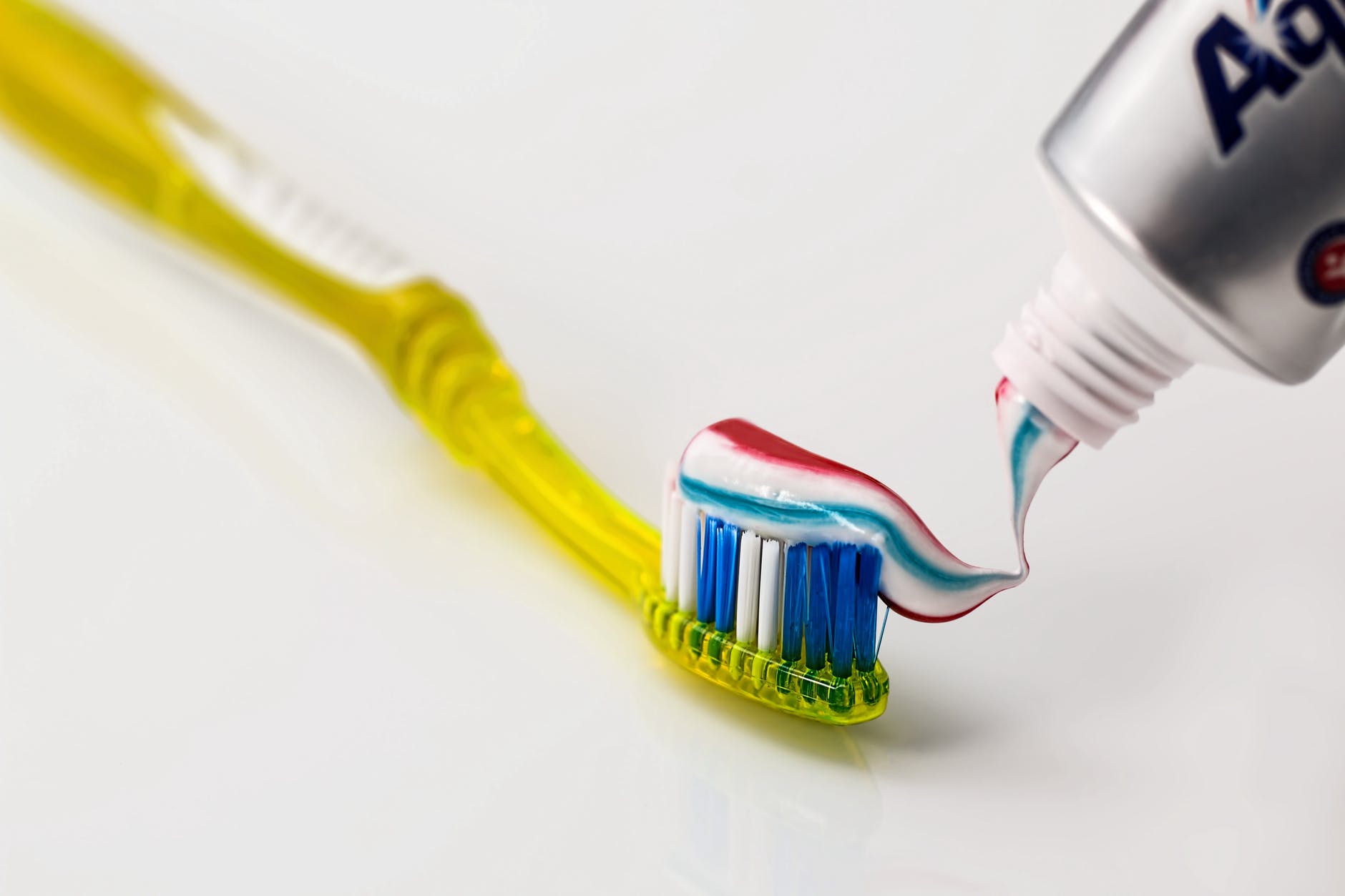Oil Pulling: pros and cons
| Disclosure: The links on this page are "Affiliate Links" and while these are shown at no costs to our viewers, they generate commissions for our website(s) |
Dental Health: The Good and Bad of Oil Pulling
The Internet is full of tips and tricks to help you with a variety of health concerns, and dental health is no different. There are plenty of sites ready to wave new information in front of you—whether valid or not—about how you can make homemade toothpaste or fix a dental problem at home. Sometimes when wading through the vast amount of online tips, you can run into a gem, and this relates to what happened to me when I first stumbled across the idea of oil pulling and dental health. If you aren’t familiar with this topic, you’re in for some interesting information about a wonderful tactic to boost the health of your teeth!

What Is Oil Pulling?
The irony is that while the term “pulling” makes this concept seem forceful, like a struggle, it’s actually not physically hard to do. You choose an oil (one that’s safe to eat), get one or two teaspoons of it, and swish that oil in your mouth for twenty minutes. This is seriously all there is to this part of the process, and once you’re finished, you spit it out, brush your teeth, and carry on with your day.
If you find yourself thinking that this must be overrated because the process is so simple, consider that this isn’t a new idea. Rather, it’s been around for centuries, even though it’s only become an American trend within the last thirty years or so.
What Does It Do?
Let’s begin this section by admitting that there is little research that proves the success of oil pulling in regard to dental health, though the longevity of the treatment gives it a bit more plausibility for a medical procedure. Essentially, though, oil pulling is believed to do good things for your teeth by removing plaque, overcoming bacteria, whitening teeth, and assisting in oversensitivity (Katie, 2018). By tending to your mouth and teeth, the process can also decrease your chances of gingivitis and assist your struggle against bad breath (Oakley, 2014). Considering that it seems to be considered safe even by people who question its usefulness, there’s little reason to not give this idea a try for the chance of bettering your health in this way.

How Do You Do It?
It was already stated that you swish the oil around your mouth for twenty minutes, but there are some other details about the process that you might find useful. For instant, keep in mind that this should ideally be done before you eat, meaning it should be a part of your early morning routine, and you should at the very least rinse your mouth out after you’re finished with the pulling. Personally, I prefer to oil pull before I brush my teeth, so I can clean off the residue of the oil while going through that stage of my morning.
Once you’re finished with your swishing, be sure that you don’t spit the oil into the sink. This has nothing to do with your health, but rather the functioning of your water pipes. If you continue to use the sink to dispose of this oil, you could clog your pipes and have to call a plumber—and who really wants that?
Also, keep in mind that you shouldn’t swallow any of the oil since it’s to be used to pull bacteria and general grossness out of your teeth and mouth. If you do, bacteria that you got away from your teeth could make its way into your digestive system—which doesn’t sound like a good thing! This is one reason why it pays to stick with the one-or-two-teaspoons rule since adding in more oil than that can make it harder to keep from swallowing (Oakley, 2014).
This swishing motion, by the way, does not have to be treated like an assault on your mouth. You can softly swish it to effectively clean without causing pain to your face or jaw. Basically, don’t treat it like a knock-out fight that ends up causing you harm!
Remember as well that twenty minutes is not a recommendation when it comes to maximum time for keeping the oil in your mouth. While it might seem like the longer you keep the oil there, the better shape your teeth will be in, that oil at a certain point will potentially be tainted with bacteria. You shouldn’t keep that bacteria in your mouth any longer, or you could actually start to re-contaminate your teeth (Katie, 2018).
You can, however, start off by swishing the oil around your mouth for less than twenty minutes if you find you can’t handle the full time (Katie, 2018). This allows you to grow into the full effectiveness of the practice while giving you a level of clean that, while it might be not as clean as it would have been with the complete twenty minutes, is cleaner than what you started with. A little is better than nothing, and you can gradually work your way up to a higher amount of oil-pull time.

What Kind of Oil do I Use?
This is where one of the key safety details comes into play. Always, always make sure that the oil you’re using to oil pull is one that you could safely put into your food (Katie, 2018). Beyond that, though, there aren’t a lot of limitations, but common options seem to be sesame oil, sunflower oil, and coconut oil. None of these should cause you problems for the procedure, so long as you don’t consume the bacteria-tainted version of them while you’re swishing or after you’re finished.
My personal preference is coconut oil, mostly because of the taste. Other possible health benefits have been noted for using this particular oil, though, including advanced potential to stop tooth decay and the contribution of health-boosting lauric acid (Oakley, 2014). The catch with this type of oil is that you might have to melt it before using it in order to be able to swish it around your mouth. Still, when it comes to the extra health benefits and the detail of that coconut flavor, it’s worth taking an extra minute or so before pulling to melt it into a liquid form.
It’s worth nothing that you can get a container of oil to begin this process for five dollars or less, and by using only one or two teaspoons a day, the container could last a while. Basically, for a handful of dollars, you could be contributing to your health—and keep in mind that oral health can be linked to heart health as well (“Dental Health and Heart Health,” 2013). For a safe way to boost those aspects of your life, it’s an understandable investment of time and money.

Any Other Tips?
The idea of swishing for twenty minutes can feel a bit demanding, and I remember feeling that way at some point in my earlier oil pulling days. Keep in mind though that you can do other things while you’re swishing this oil around your mouth. Personally, I’ve been known to do things like browse freelance writing jobs while I wait for the twenty minutes to pass, and by being able to occupy my mind in that way, the time can fly quicker than you might expect! You could apply this to a number of elements of your morning routine—swishing while you brush your hair, pick out your outfit, cook your breakfast, watch the weather—and the time can pass in a way that isn’t nearly as demanding as you might immediately expect when entering the process. Just give your morning details a mental once-over to see what you could pair your oil pulling with, and this way, you’re not committing time specifically toward the oil pulling. You’re just working it in while your day goes on almost unaffected, and that’s not a bad way to boost your health!

So You’d Recommend It?
The first time I tried oil pulling, my teeth felt different—so yes! I’d recommend this! It’s an easy way to boost your dental health for a better, more confident version of yourself, and it’s available at a reasonable price—and with coconut flavoring. What’s not to love about this fix?
References
Dental Health and Heart Health. (2013, December 20). American Heart Association . Retrieved from http://www.heart.org/HEARTORG/HealthyLiving/Dental-Health-and-Heart-Health_UCM_459358_Article.jsp#.WqlmfejwbIU
Gunners, K. (2017, May 26). How Oil Pulling With Coconut Oil Can Transform Your Dental Health. HealthLine . Retrieved from https://www.healthline.com/nutrition/oil-pulling-coconut-oil
Katie. (2018, January 11). Oil Pulling for Oral Health. Wellness Mama . Retrieved from https://wellnessmama.com/7866/oil-pulling/
Oakley, C. (2014, June 4). Should You Try Oil Pulling? WebMD. Retrieved from https://www.webmd.com/oral-health/features/oil-pul...





